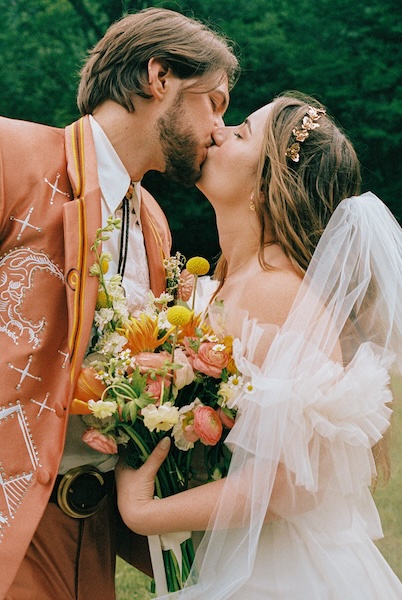Industry News
When a photographer recently announced the launch of never-before-seen images by her of (pre-fame) band Nirvana as NFTs, the band’s fans were quick to create a Twitter storm of criticism. The NFT launch, which includes ten previously unpublished images among others, features images of the band at a small venue with a 200-person capacity just days after the launch of the band’s Nevermind album, yet before songs like Smells Like Teen Spirit propelled the band to legendary status. Fans were quick to criticize the pricey NFTs, with several calling the launch disrespectful to the memory of lead singer Kurt Cobain. But the photographer, Faith West, responded to the criticism by saying that NFTs have given artists “back some dignity.”
The NFTs are set to launch on what would have been Cobain’s 55th birthday, Feb. 20, from Pop Legendz, a new NFT company that focuses on pop culture collectibles that is hosting the sale. West, the photographer behind the images, is also the founder of Pop Legendz, which launched in November 2021.
[Read: What Are NFTs Anyway? A Photographer’s Guide to the Digital Art Craze]
The auction includes four NFTs created from ten unpublished images of the concert. Those ten images will also be sold as individual NFTs in both black and white and color. These NFTs will be sold in an auction format, with starting bids at 67 Ethereum for GIFs (which currently is worth about $250,000) and 1 ETH (about $3,000) for stills. Buyers will also receive a signed print from the photographer.
In addition to the auction, the sale also includes 14 NFTs that are created from three different images for $499. The sale will also include 100 copies of 21 different images for $99 each.
The images are from an October 1, 1991 concert, where the band played at J.C. Dobbs in Philadelphia. Forbes describes the images taken at the 200-person-capacity bar as “what it was like to see the band as they were then—young, hungry, unaware of the stardom that was awaiting them.”
The announcement of the launch brought a storm of Twitter criticism ranging from questions of the NFT format itself—which is blockchain-based and uses significant energy—to fans calling the sale disrespectful to Kurt Cobain’s memory.

West, who was a freelance journalist in Philadelphia in the ’90s and now works as a commercial photographer and videographer, responded to several of the critics. The photographer said that half of the proceeds will be going to The Trevor Project, a non-profit focusing on suicide prevention. (Cobain’s death in 1994 was ruled as suicide.) Part of the remaining profit will also be directed to Grid Alternatives, a non-profit working to provide solar power to low income families. She said that some of the profit will make up for her own lost income during the pandemic. She also noted that she receives a 2.5 percent royalty when the NFTs are resold.
But, West also pointed out the benefits of NFTs to artists. “For all their considerable downsides. NFTs restore proof of ownership to artists,” West wrote in a Tweet from Pop Legendz. “We make so little for our labor. Right-clicking and copying makes a slave of the artist.” She also added that she is researching more environmentally friendly blockchains for future launches.
[Read: Jeremy Cowart’s Lightographs Meet World of NFTs]
A number of photographers have taken to NFTs to sell their work, both featuring new images and past work, as is the case with the Nirvana concert. The digital collectibles use blockchain technology to help prove ownership of the file. The technology has grown quickly after the sale of a Beeple image by art auction house Christie’s last year, with even Facebook and Instagram considering the possibility of an NFT platform. Because NFTs use blockchain technology to prove ownership, it also has potential to fight image theft.
While blockchain technology is considered to be a way for photographer to prove ownership of images, the technology has also been criticized for the expense, including GAS fees that can make failed NFT launches expensive. The technology also uses significant computing resources — with Ethereum equated to the energy use of a small country.
The concert images are not the first time Kurt Cobain’s image has turned into an NFT—last year, photographer Jesse Frohman turned his photos from the singer’s last official shoot into NFTs.





